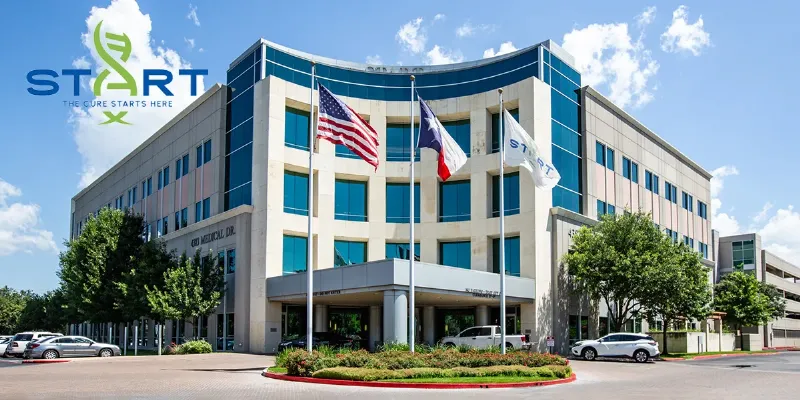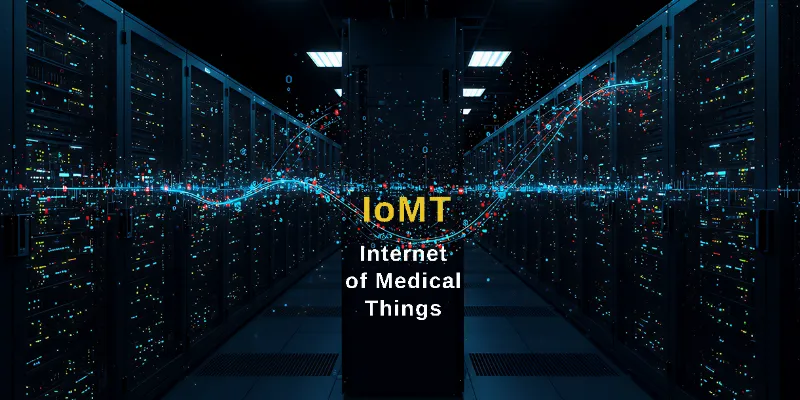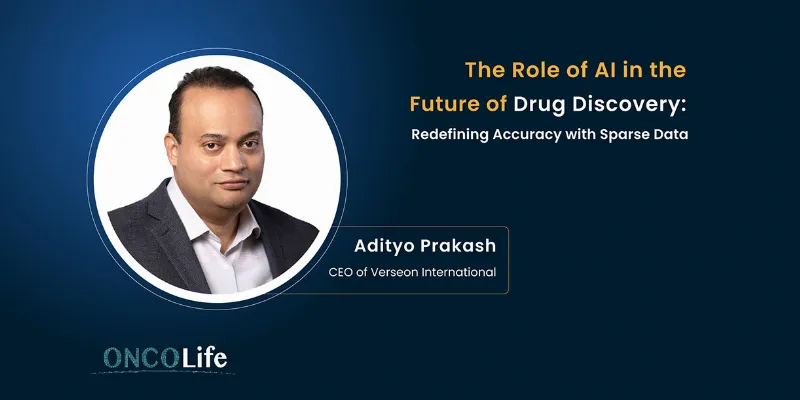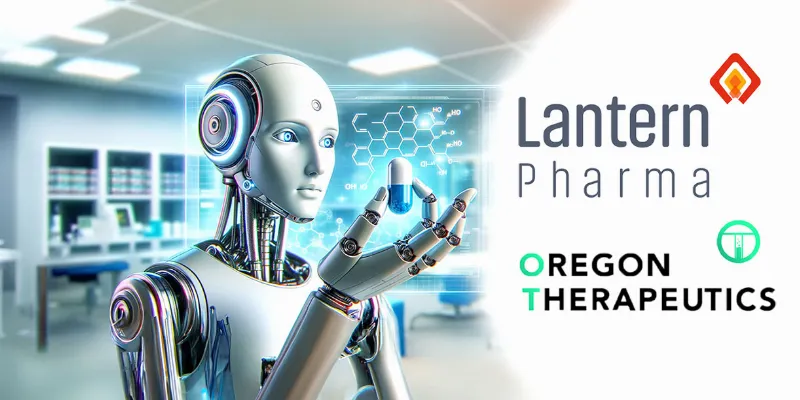Revolutionary AI Approach Uses Satellite Imaging for Personalized Cancer Treatment


Digital Health |
18 November 2023
In a groundbreaking study, researchers at Karolinska Institutet and SciLifeLab have developed an innovative AI approach, NIPMAP, to analyze tumor tissues. This advancement could revolutionize personalized cancer treatment, facilitating tailored therapies with minimal side effects, and is set for clinical trials in cancer immunotherapy and chemotherapy responsiveness.
The study, published in Nature Communications, showcases the innovative use of artificial intelligence (AI) in interpreting complex data from tumor tissue. Researchers combined techniques from satellite imaging and ecology, enabling detailed interpretation of cellular interactions and tumor characteristics.
Understanding the Complexity of Tumors
Advancements in tumor imaging have provided an unprecedented view into the microscopic world of tumors. However, the sheer volume of data generated presents a significant challenge. With thousands of cells and hundreds of molecules to analyze, identifying the key components becomes a daunting task. Traditional AI, including deep neural networks, often operates within a "black box," making the process difficult to understand for researchers.
Drawing inspiration from other fields, the team at Karolinska Institutet and SciLifeLab turned to established analysis techniques in satellite imaging and ecology, dating back to the 1950s and 2000s, respectively. These fields, with their advanced methods for interpreting large-scale data and understanding complex community relationships, provided a new lens through which to view tumor data.
Discussing the method they use, Jean Hausser, Senior Researcher at the Department of Cell and Molecular Biology, Karolinska Institutet, said,
“We realised that the interpretation of tumour images is similar to the interpretation of satellite images and that the relationships between cells in a tissue are similar to the relationships between species in ecology. By combining techniques used in satellite imaging and ecology and adapting them for the analysis of tumour tissue, we have now been able to turn complex data into new insights into how cancer works.”
Niche-Phenotype Mapping: A Novel Approach
The study introduces Niche-Phenotype Mapping (NIPMAP), a technique that combines ideas from community ecology and machine learning. This method automatically segments tissue sections into niches and interfaces, allowing for a detailed analysis of cellular characteristics and spatial relationships. NIPMAP is applicable to both protein and RNA multiplex histology of healthy and diseased tissues and is supported by an open-source R/Python package.
Implications for Cancer Treatment
The implementation of this AI-based method has significant implications for cancer treatment. By understanding the intricate details of tumor tissue and how cancer works, treatments can be better tailored to individual needs, potentially avoiding unnecessary side effects. The researchers plan to apply this method in clinical trials, collaborating with major cancer hospitals in Lyon, France, and the Mayo Clinic in the US. The focus will be on understanding why some patients respond to cancer immunotherapy and why some breast cancer patients do not require chemotherapy.

This innovative approach in cancer research marks a significant step towards personalized medicine. By understanding the complex architecture of tumors at a level never before possible, the hope is to develop treatments that are more effective and less burdensome for patients. The combination of AI, satellite imaging, and community ecology in NIPMAP represents a promising frontier in the battle against cancer.
The research was primarily funded by the Swedish Cancer Society, the Swedish Research Council, and SciLifeLab, with no reported conflicts of interest.
Abstract of the research
NIPMAP: niche-phenotype mapping of multiplex histology data by community ecology
Abstract: Advances in multiplex histology allow surveying millions of cells, dozens of cell types, and up to thousands of phenotypes within the spatial context of tissue sections. This leads to a combinatorial challenge in (a) summarizing the cellular and phenotypic architecture of tissues and (b) identifying phenotypes with interesting spatial architecture. To address this, we combine ideas from community ecology and machine learning into niche-phenotype mapping (NIPMAP). NIPMAP takes advantage of geometric constraints on local cellular composition imposed by the niche structure of tissues in order to automatically segment tissue sections into niches and their interfaces. Projecting phenotypes on niches and their interfaces identifies previously-reported and previously-unreported spatially-driven phenotypes, concisely summarizes the phenotypic architecture of tissues, and reveals fundamental properties of tissue architecture. NIPMAP is applicable to both protein and RNA multiplex histology of healthy and diseased tissue. An open-source R/Python package implements NIPMAP.











Comments
No Comments Yet!